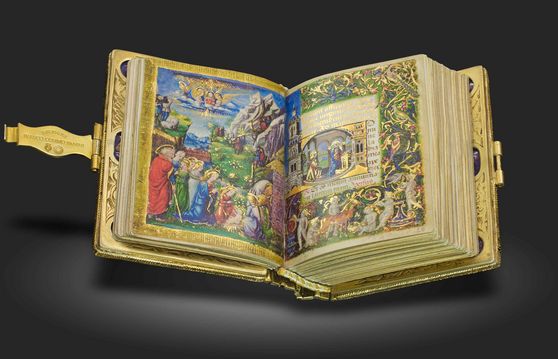Facsimiles with Luxury Bindings
Although not many, some medieval manuscripts were nevertheless furnished with a splendid cover, often with gems or ivory. Here you will find a selection of facsimiles with the most beautiful and most elaborate bindings.
Made on behalf of Theophanus, adorned with a breathtakingly splendor cover, written entirely in gold: arguably the most magnificent and beautiful manuscript ever
Echternach Abbey (Luxembourg) — 1020–1050
Experience more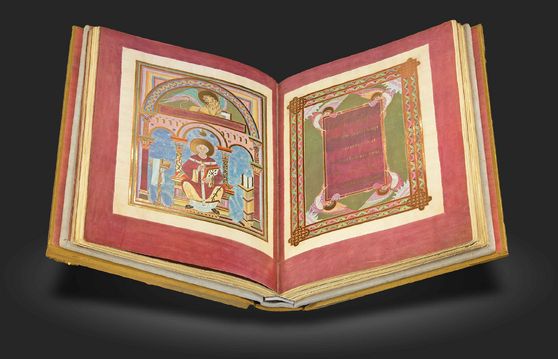
Held in the hands of Emperor Charlemagne, adorned with a masterful ivory cover: a world famous highlight of Carolingian book art
Aachen (Germany) — ca. 810
Experience more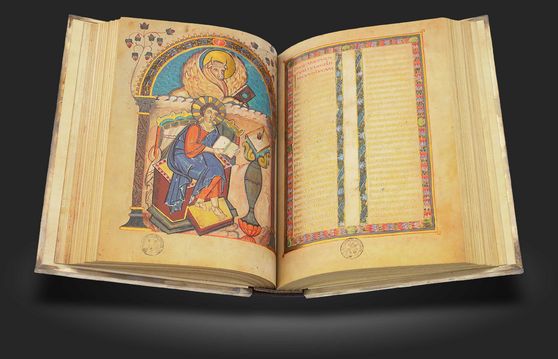
Golden book decoration for the king: a political statement and an ivory-decorated masterpiece of Ottonian book painting from the St. Emmeram monastery
Benedictine Abbey of St. Emmeram, Regensburg (Germany) — 1007–1014
Experience more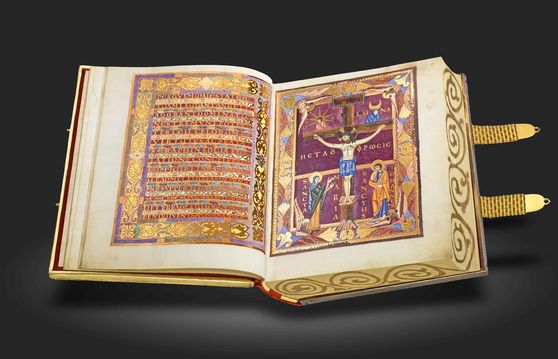
Book art for eternity adorned with glowing carpet pages: the birth of Insular illumination and a style-defining masterpiece for centuries
Lindisfarne Abbey, Holy Island (United Kingdom) — ca. 700
Experience more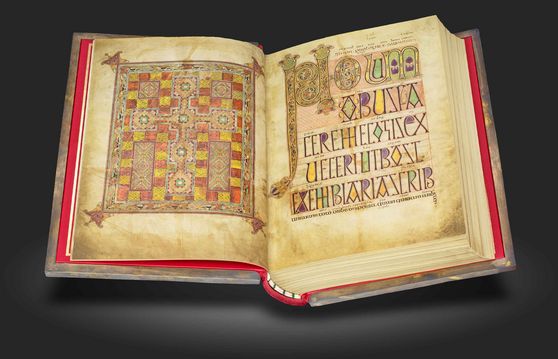
Part of the Imperial Insignia, written in gold ink on purple parchment: each German emperor swore his oath with his hand on this book
Court School of Charlemagne, Aachen (Germany) — Shortly before 800
Experience more
A cover of precious stones, miniatures made of gold: an extraordinarily magnificent masterpiece for Speyer Cathedral
Speyer or Trier (Germany) — Around 1220
Experience more
Featuring 70 golden miniatures and enrobed with 12 masterful ivory plates: a magnificent treasure of Ottonian book illumination in every respect
Monastery of St. Peter, Salzburg (Austria) — Around 1020
Experience more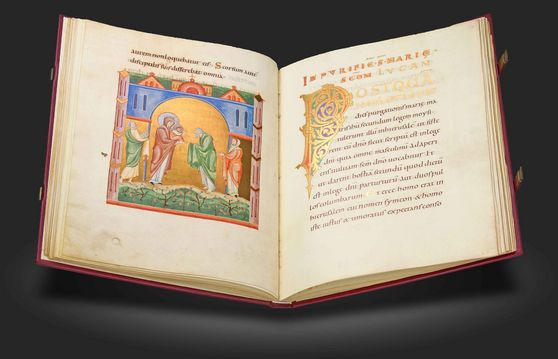
Created 1,500 years ago in Byzantium: the largest and most influential work of healing and botany in history
Bamberg or Regensburg (Germany) — 1220/1230
Experience more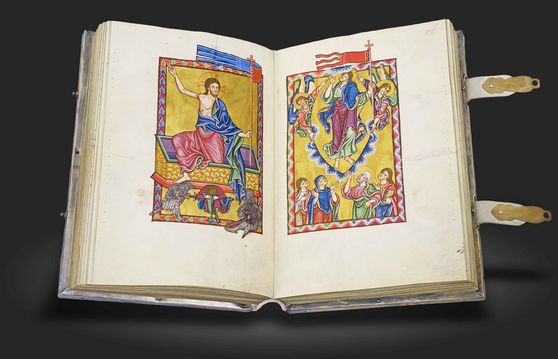
Italian Renaissance art in filigree perfection: the wedding gift of Lorenzo the Magnificent to his eldest daughter Lucrezia
Florence (Italy) — 1485
Experience more
Painted by Giulio Clovio, one of the best miniaturists of all time: a unique and perfect fusion of elements from the Renaissance and Mannerism
Rome (Italy) — 1537–1546
Experience more
Created in the court workshop of Emperor Rudolf II: realism and amazing details in enchanting depictions of animals and plants in a treasure of late book illumination
Prague (Czech Republic) — 16th century
Experience more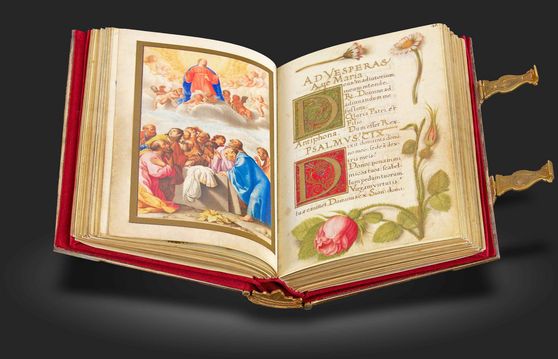
For the Italian ancestors of the princes of Thurn and Taxis: a book treasure in a small format with a fascinating decorative cover
Milan (Italy) — 1490–1495
Experience more